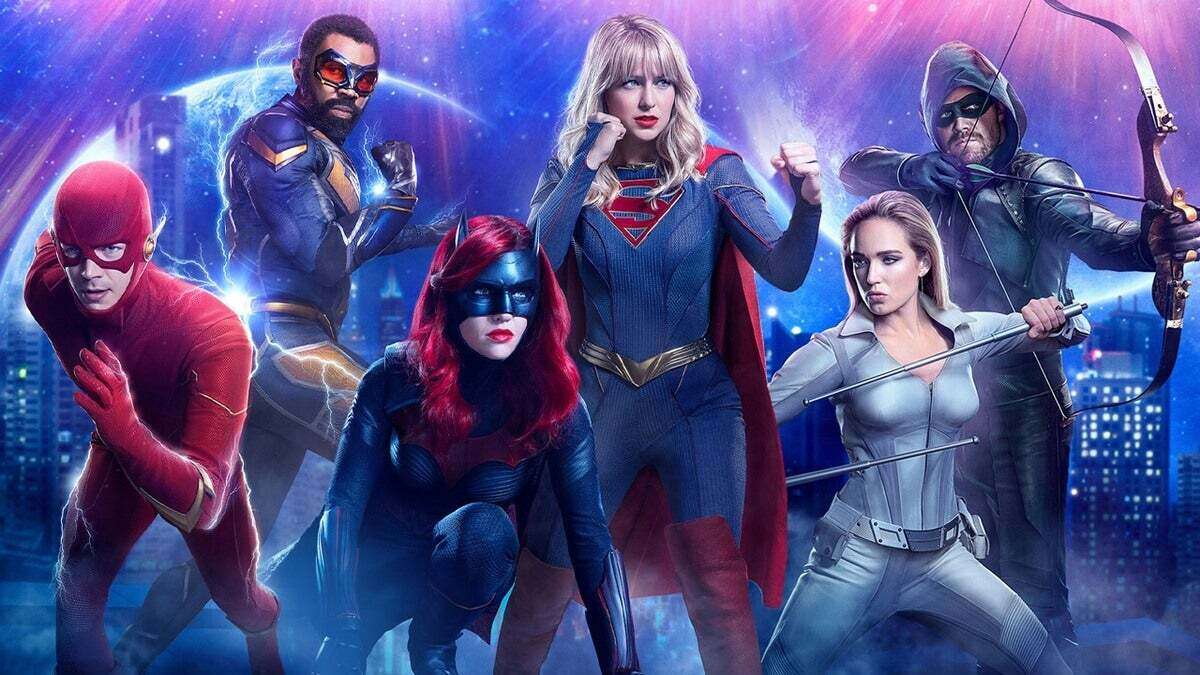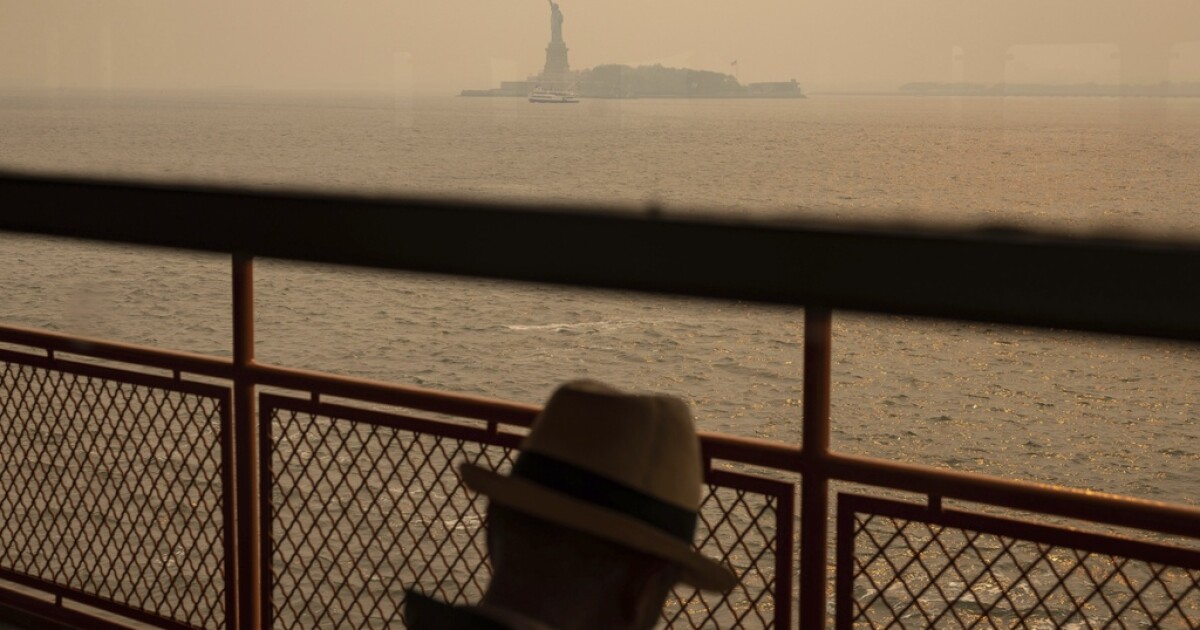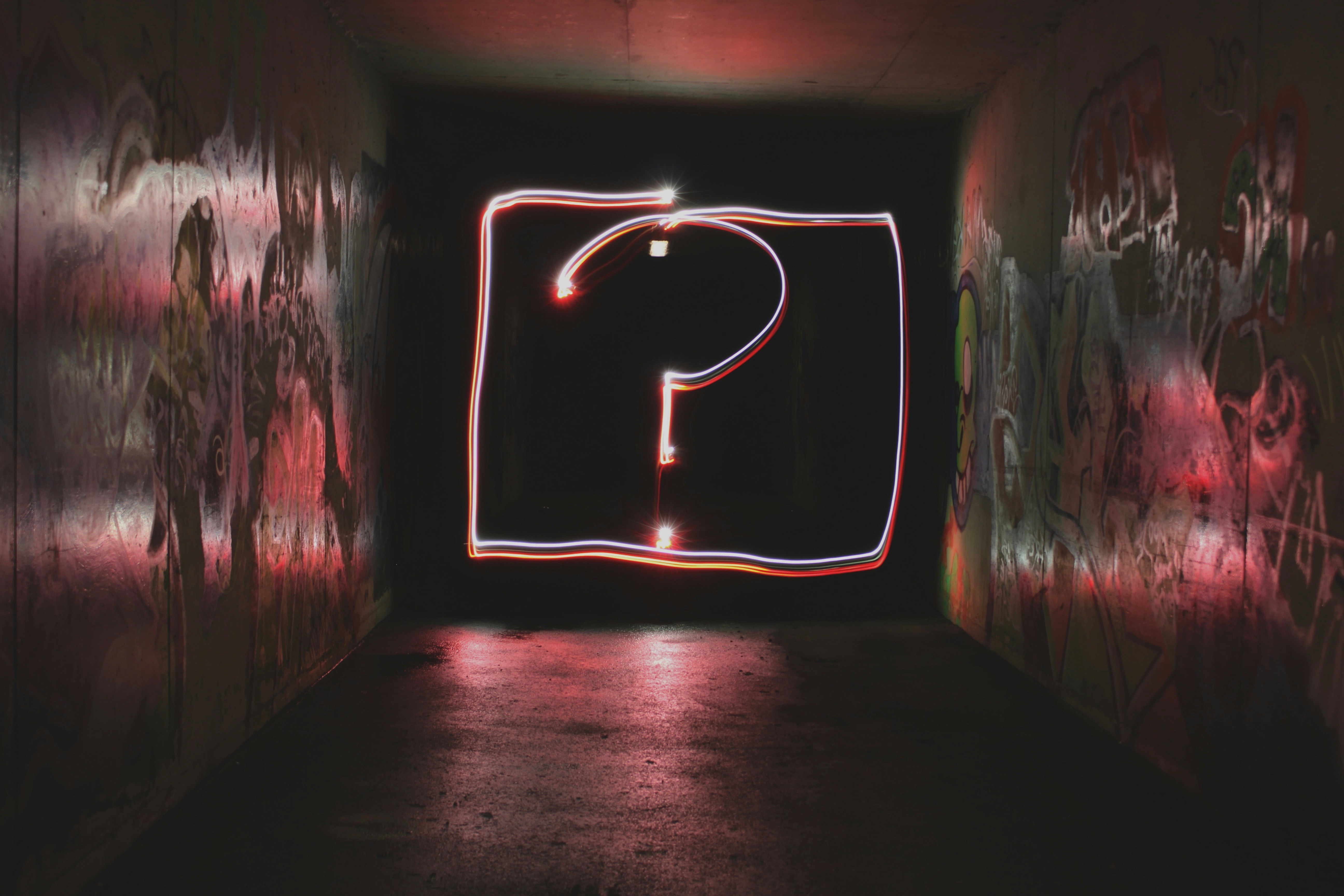
Arrowverse Autopsy: What Killed CW's Superhero Dynasty?
<
p data-content-element-selector=”p, .js-buylink-item-container” data-allowed-classes-selector=”js-buylink-item-container”>
Toward the end of 2019, the Arrowverse was firing on all cylinders. Much like the Marvel Cinematic Universe but on a microscopic scale, Greg Berlanti and the CW television network had assembled a surprisingly huge cast of superheroes into a shared universe that began with one unexpectedly successful project. A year later, though, the project was on life support. In 2023, we’re just trying to enjoy the time we can as The Flash–and the Arrowverse along with it–comes to an end.
It wasn’t the Anti-Monitor and his Crisis on Infinite Earths. It wasn’t money, the pandemic, superhero exhaustion, or actor trouble, either–but rather a combination of all these factors hamstringing one of the weirdest and coolest projects we’ve ever seen on broadcast television.

Money was always going to be a problem. Despite 35+ seasons of Arrowverse shows–and successful series like Supernatural, Riverdale, and Walker–the CW was never profitable. Instead, the network made money by selling its shows to streaming services like Netflix, which would then give the network a bump at the beginning of their series’ next season. However, you can only spend money for so long before you have to make it–and it’s a miracle that the Arrowverse got as far as it did within this environment.
The COVID-19 pandemic put the brakes on all that Crisis momentum. The Arrowverse was set to reboot following the Crisis on Infinite Earths crossover event. This wild crossover asserted that every live-action DC project ever was part of the same multiverse, going as far back as 1966’s Batman, and including The Flash movie, which is set to debut later this year. Just two months after the crossover, though, the pandemic shut down production on pretty much all television. People went a longer-than-usual time without seeing any Arrowverse shows. When they came back, you could see the seams everywhere–the shortcuts they took and the limitations they were under–to get the shows on television in the first place. It was an admirable effort that still wasn’t enough.
It doesn’t help that people were becoming exhausted with superheroes, either. 2019 marked the end of the MCU’s Infinity Saga and the death of Iron Man. For many people, that was the end of the MCU–or at least their involvement with it. The increasing exhaustion that comes with keeping up with any superhero universe was reaching a fever pitch and people were ready to just be done.

Along with all of this, the CW ran into somewhat of an actor problem at the same time. Stephen Amell had starred as Oliver Queen/Green Arrow in eight years of Arrow at this time, and Grant Gustin starred as Barry Allen/The Flash in six years of The Flash. Amell seemed very clearly ready to move on from the character by this time, and The Flash was growing long in the tooth as core cast members kept falling off. During the pandemic, Supergirl star Melissa Benoist had a child with her husband, former Supergirl co-star Chris Wood, and began to pull back from the idea of continuing her show and making a shift toward production. Finally, there was the sudden exit of Ruby Rose as Batwoman–a mutual break-up that included accusations of mistreatment from both sides, as well as repeated stunt injuries.
Programming, finally, became an issue as well. Black Lightning’s creator ended the show with Season 4 in May of 2021. The sudden cancelation of fan-favorite DC’s Legends of Tomorrow and Batwoman just a year later apparently happened primarily because Warner Bros. didn’t want to renew the leases on their filming space in the midst of the CW’s sale, despite interest from the CW in renewing the show. That forced abrupt, cliffhanger endings for both Legends and Batwoman. The two newest members of the CW’s slate of superhero shows, Superman & Lois and Gotham Knights, have also been untethered from the Arrowverse, once again making their programming confusing.
It wasn’t any one big thing, but a lot of little things all compounding together. The Crisis crossover hit just before the pandemic–right as exhaustion with superhero stories was hitting a peak–alongside a confluence of casting issues both connected to and separate from the COVID-related break. These all came together as one heavy foot on the brakes of the CW’s strange, surprisingly-successful experiment. It mirrored the comics a lot closer than they had any right to–for better or worse–and gave us over a decade of comic-book stories in the process.































































